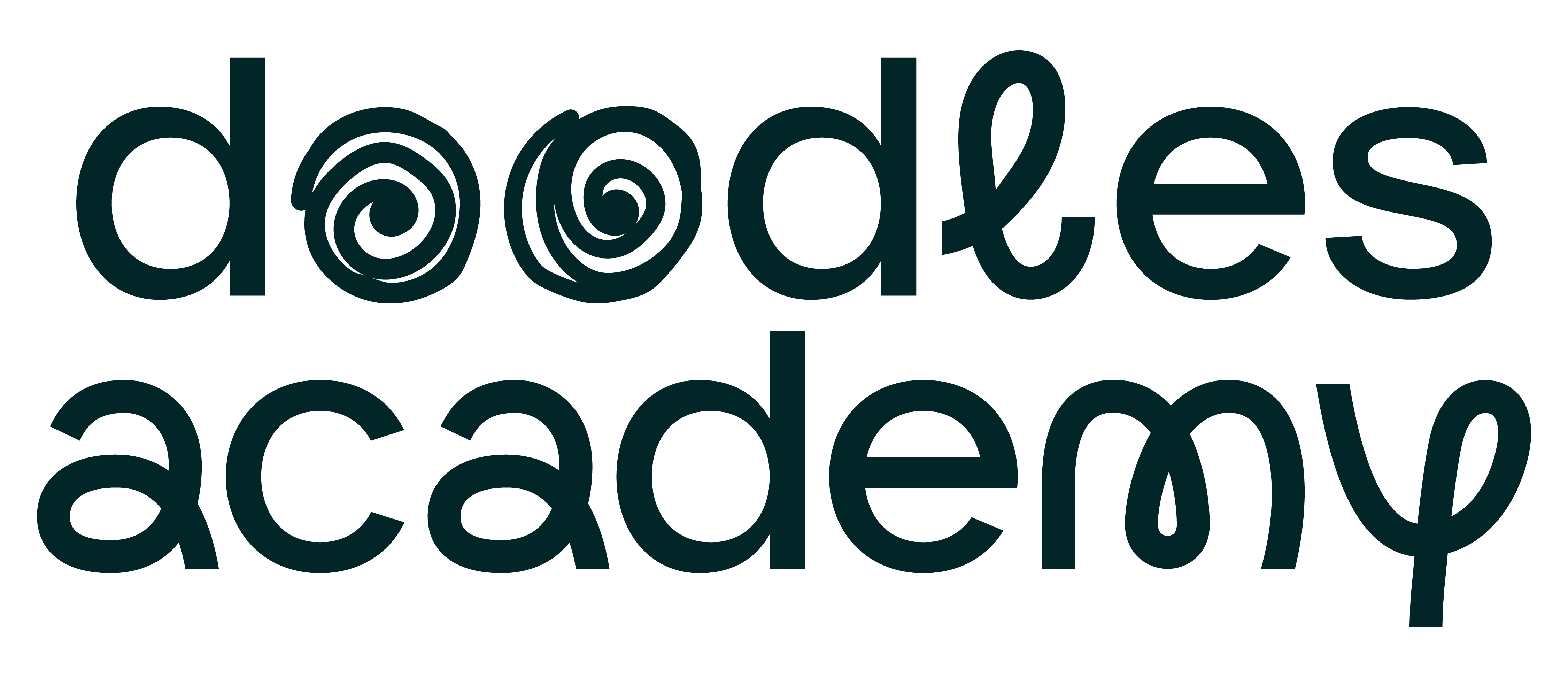Overview:
Allow a fifth day entirely for finishing and refining work.
Students will be able to:
- carefully complete their work.
Setup:
Students will be working independently.
Have materials set up in a way that is easy to pass out, see, and select from.
Materials:
- Colored Pencils
- Drawings from Lesson 4
Media:
- N/A
Handouts & Photocopies:
FINAL WORKDAY
5M, INSTRUCTIONS
CHECK FOR UNDERSTANDING
Tell the students that they will have the entire day to color and finish their work.
Explain to them that when they are finished, they can begin working on an artist statement. An artist statement is something that an artist writes that can tell his or her viewer important information about his or her artwork if he or she is not there to explain it in person. Show them the artist statement sheet and give them an example.
Check for understanding by asking, “Who was listening closely that can sum up what we are doing today?” Make sure that student artists can list all the steps and clarify anything that needs clarifying.
20-25M, WORKTIME
FOCUS ON TECHNIQUE AND CAREFUL AND THOUGHTFUL COLORING
Encourage them to cover up all the white areas before moving on to details. Ask them about the decisions that they are making to make them them aware of focused artistic decisions; i.e, “Why did you decide to use a short, diagonal line pattern?” or “I’m noticing your color choices! How did you decide on them?” Keep the observations neutral and let the artists take it from there.
5-10M, CLEAN-UP/PRESENTATIONS
STUDENTS SHARE THE WORK OF THE ARTIST THEY INTERVIEWED
Depending on the teacher’s style of classroom management, it might be helpful to only choose and train a few kids to clean. Make sure to train these helpers well in advance so that you aren’t left with a messy room.
Clean-up times will vary with materials; get to know your class and allow 5-10 minutes depending on how efficient they are and whether or not the material was messy.
Have the rest of the class gather close, choose a partner, and interview them about the artistic decisions that they made.
Have students come up and present the work of the person they interviewed. The artist is not allowed to say anything until the end.
It might be worth setting aside some time to look at all the work their fellow classmates made; whether through a presentation in the hall or setting them out on a table and having a walk through.
ANTICIPATED PROBLEMS
-
Students might not fill in the white areas with color, and when encouraged to, respond with “I like it white”. A simple way to solve this is to require that the whole paper be colored, and if it is staying white, then they can color it white. To further explain, reference how adding colors makes something more interesting to look at, and how the paper white and the pencil white are two different whites. So both the colors and the texture that they will be adding by coloring it rather than leaving it will create more visual interest.
EARLY FINISHERS
As students finish, tell them that artists often have to write an artist’s statement that tells their viewers what they made and why. Ask them to write an artist statement using the Upper Academy Artist Statement Handout and attach it to the back of their work. As they finish, pair them up and have them ‘interview; each other. They should be able to answer what their interviewee drew, why they drew it, how they drew it, and if there was any particular inspiration that they should be aware of.
This project is free to access, but after the first lesson, you will have to create a free account and enroll in the course. After you create an account and enroll, the project can be accessed from the \’artroom\’ tab at the top of the page.
